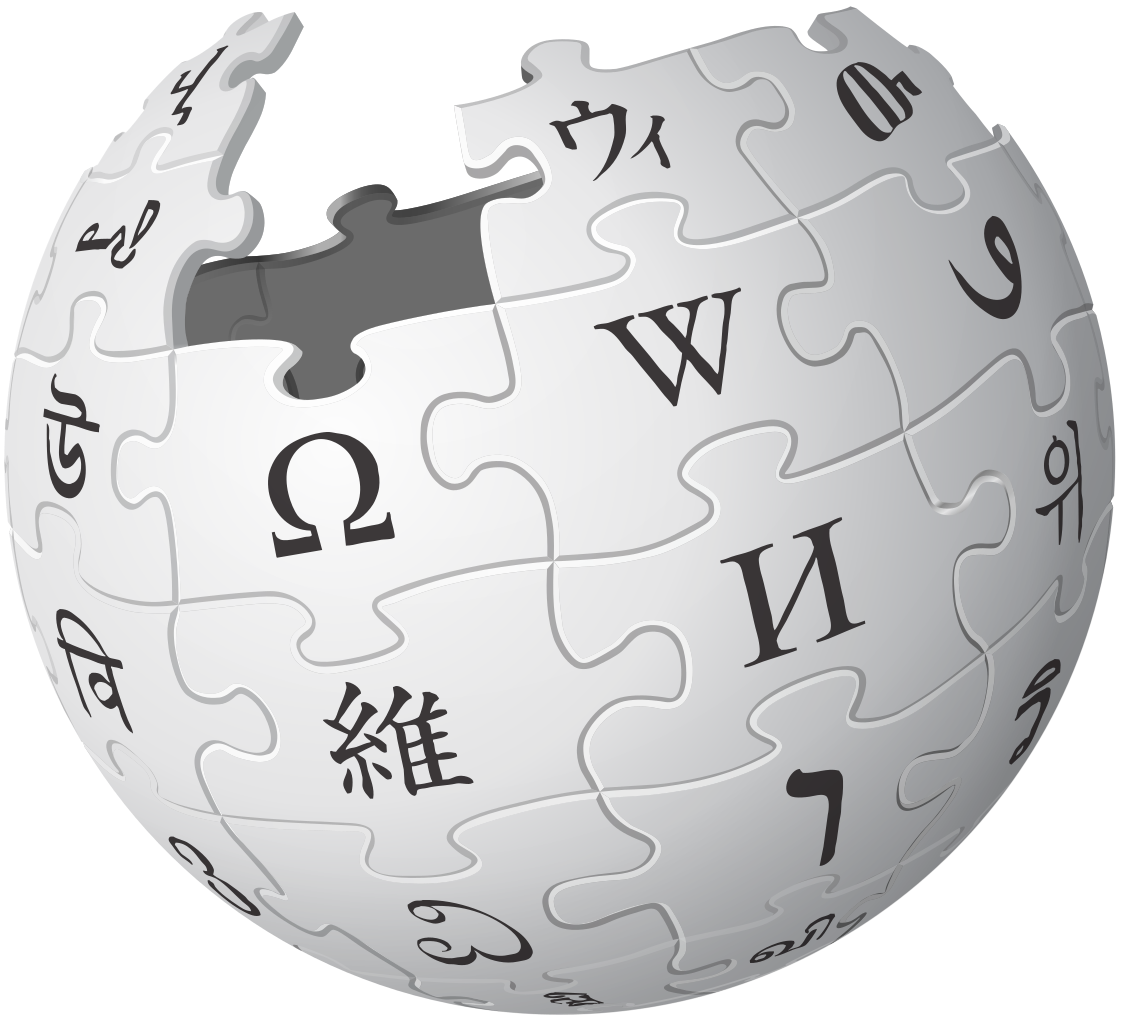

 Wikipedia Sitemap |
|
|  Useful Links 1 Useful Links 2 |
We buried him (Uncle Aoris) in the fall of 1943 or 1944 at a ripe old age. This was the most sombre funeral I could remember - not because it was our funny uncle who left, or the four grownup children who lost their father; everybody knew dying was a part of life.
No, this was in the latter part of the Second World War when people were starving. So there was no eating or drinking afterwards.
The normal way things were done before the war when someone died was like this: first, the doctor declared the person dead and informed the legal authorities. If no foul play was suspected, one could go ahead and dispose of the remains. Then a coffin was ordered and delivered to the house of the deceased. Someone, usually one of the neighbors got all dressed up and would wear a high hat. If he didn't have one of his own, he would borrow one. The hat was a must because it instilled a kind of respect for the dead. This person had the duty to inform the invited guests of the dead and of the date and time of burial. Of course everyone already knew, but this man made it official. When he would make his announcement, he would be invited to a refreshment in the form of a shot of "ouwe klarre", very strong whisky.
After three or four visits, he started to feel no more pain, in fact, many times he wasn't able to mount his bike anymore because the darn thing threw him every time he tried. Then it was time to walk home. For us kids, it was hilarious and the older folks enjoyed it just as much, but of course they had to keep a straight face.
On the day of the funeral, a fancy hearse came from the city off Amersfoort, drawn by two black horses with black covers, and a horseman in black with a big mustache and a high black hat and a big horsewhip which he never used.
Then came six or eight pallbearers to the house and loaded the coffin into the hearse, and off they went to the church. The pallbearers had to walk beside the hearse and the horses. Behind came the family and friends who rode in "tentwagons". At the church, the pallbearers took the coffin inside for the service and prayers. Afterwards, they took it in procession to the cemetery where the burial took place.
Now everyone was ready for refreshments which consisted of white buns with cheese and coffee. We young people thought this was fantastic, because we never got food like that at home. We made jokes about that, of course, like "I'm not going to eat for two days before the funeral", or "I'm going to eat so much that I won't be able to eat for three days afterwards".